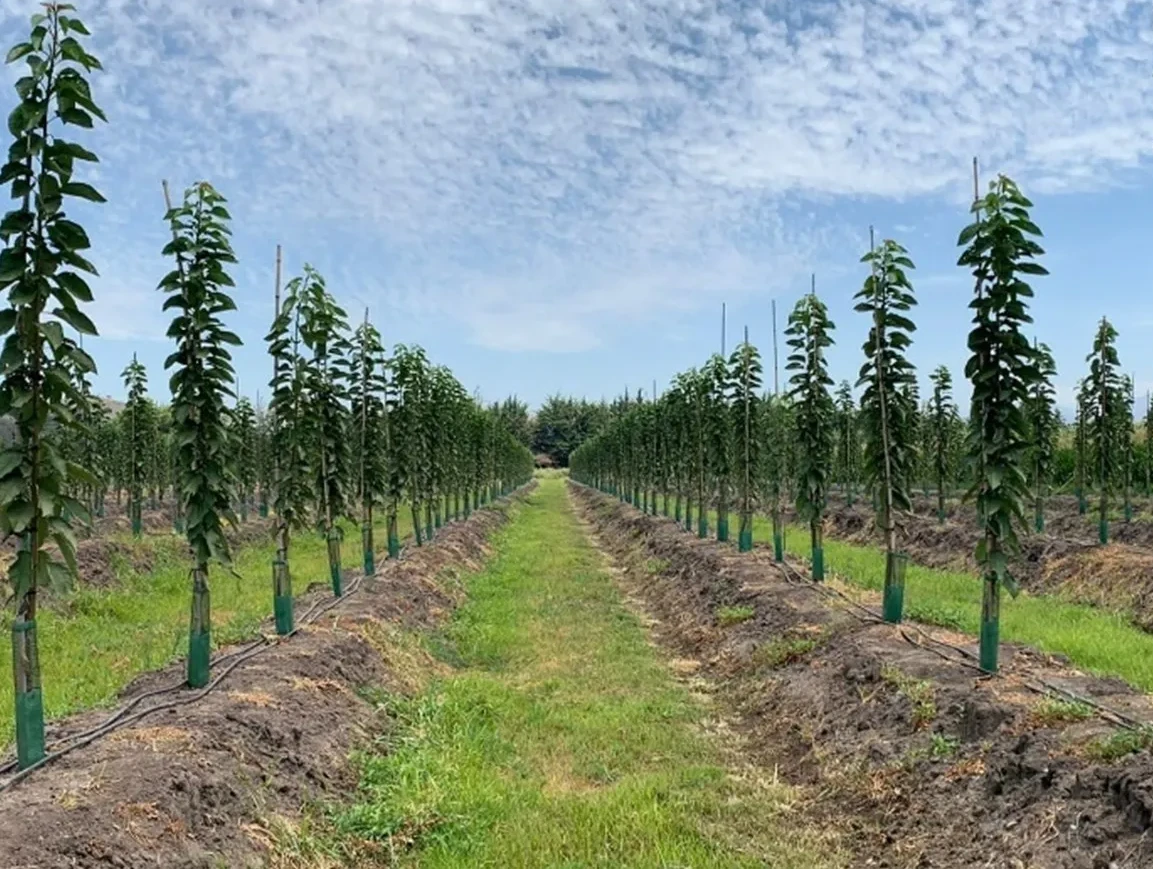Cherry Times offers its readers the reports on cherry rootstocks presented at the Macfrut 2024 International Rootstock Symposium.
The most important advance in rootstock breeding for sweet and sour cherry occurred near the turn of the century, with the commercialization of the Gisela series of interspecific Prunus hybrids that conferred precocity, productivity, and a range of vigor levels to scion varieties.
This stimulated horticultural and physiological research that led to innovations in sweet cherry orchard production systems, resulting in improved yields, fruit quality, and labor efficiencies.
Consequently, Michigan State University sour cherry breeder Amy Iezzoni began evaluating dozens of sour cherry crosses and collected germplasm for their potential as cherry rootstocks, resulting in the Corette® series of precocious and productive dwarfing to semi-dwarfing rootstocks (Cass, Clare, Clinton, Crawford, Lake) and several semi-vigorous, less precocious rootstocks (Lincoln, King).
 Image 1: Gregory Lang.
Image 1: Gregory Lang.
Sweet and sour cherry scions grafted onto the dwarfing to semi-dwarfing rootstocks exhibit relative vigor levels that vary from site to site, based on results thus far from the NC140 coordinated research trials across North America. Relative yields also have varied by site and by year (given some significant impacts of extreme climatic events in some locations).
In general, vigor levels and productivity are comparable to those exhibited by trees on Gisela® 3 and Gisela® 5. In several sites, suckering has been excessive on Clare and significant on Cass and Lake, with minimal suckering generally observed on Clinton and Crawford (similar to Gisela® 3 and 5). At least three more years of data from these trials, and other observations, is needed before strong grower recommendations can be made.
Download the full report here
Download the presentation here
Gregory A. Lang
Department of Horticulture, Michigan State University
langg@msu.edu
Cherry Times - All rights reserved











